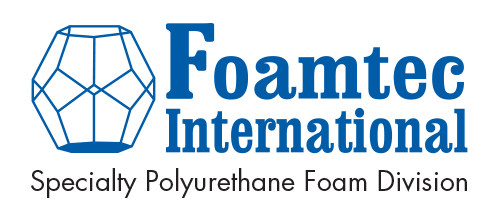Innovations in Polyurethane Foam for Scrubbing Pollutants
In a world increasingly focused on environmental conservation and sustainability, the need for effective pollution control and mitigation technologies has never been greater. One area of innovation that holds significant promise in the fight against pollution is the development of advanced materials for scrubbing pollutants. Polyurethane foam is making a substantial impact on environmental protection.
Understanding the magnitude of the pollution problem and the significance of pollutant scrubbing is essential. Industrial processes and exhaust emissions can release harmful air, water, and soil pollutants. These pollutants can adversely affect human health and the environment, making pollution control and mitigation an urgent global concern.
Polyurethane foam is a synthetic polymer used in various applications for decades, from cushions and packaging to sound and vibration dampening. Its versatility, lightweight nature, and excellent absorbent properties make it an attractive choice for pollution control and scrubbing.
Polyurethane Foam for Pollution Control
Innovators are developing polyurethane foam formulations designed explicitly for pollutant absorption. By customizing the chemical composition of the foam, it can be made highly efficient at capturing and retaining various types of pollutants, including volatile organic compounds (VOCs), heavy metals, and organic chemicals.
· Improved Surface Chemistry:
Researchers have worked to enhance the surface chemistry of polyurethane foam to increase its affinity for pollutants. This can involve modifying the foam's surface with specific functional groups that bind to pollutants more effectively, leading to better scrubbing performance.
· Tailored Pore Structures:
The pore structure of polyurethane foam can be fine-tuned to optimize pollutant capture. By controlling pore size and distribution, innovators can increase the foam's surface area and adsorption capacity, improving its ability to trap pollutants.
· Regeneration Capabilities:
Some advancements involve designing polyurethane foam that can be regenerated and reused after pollutant capture to reduce waste and make the scrubbing process more sustainable.
Foamtec International's Specialty Foam Division employs a team of scientists and researchers who can design and customize polyurethane foam's surface, pore structure, and other features to maximize pollution control, depending on your specific need.
Polyurethane foam can be used in environmental applications for controlling air and water pollution.
Polyurethane foam is used in air purification systems to capture airborne pollutants, such as VOCs and particulate matter, from industrial emissions, power plants, and transportation sources. Its high absorbency and customizable nature make it an excellent choice for these applications.
Innovations in polyurethane foam are being employed to treat contaminated water sources. Foam materials can efficiently absorb heavy metals and organic pollutants, contributing to removing harmful substances from water bodies.
Other Industrial processes also benefit from the flexibility of PU foam. For example, the petrochemical and manufacturing industries are adopting polyurethane foam solutions for scrubbing pollutants in their production processes. This not only reduces emissions but also helps companies meet stringent environmental regulations.
Overall, the benefits of polyurethane foam in scrubbing pollutants are numerous.
Ø High Efficiency: Polyurethane foam exhibits high pollutant absorption efficiency, making it a reliable choice for pollution control.
Ø Versatility: Its adaptability allows customization for specific applications and pollutants.
Ø Sustainability: Regeneration capabilities reduce environmental impact and waste generation.
Ø Cost-Effective: Polyurethane foam is cost-effective and requires minimal maintenance, reducing operational costs.
Innovations in polyurethane foam for scrubbing pollutants represent a significant stride in addressing pollution-related challenges. Advanced formulations, tailored pore structures, and enhanced surface chemistry are pivotal in mitigating environmental pollution. As industries and governments seek sustainable solutions to combat pollution, polyurethane foam's promise in pollution control and mitigation cannot be overstated. By harnessing the potential of this material, we can work toward a cleaner and more sustainable future.
For more information, please get in touch with us today. The urgency with which we address the adverse environmental effects of pollution cannot be understated.

